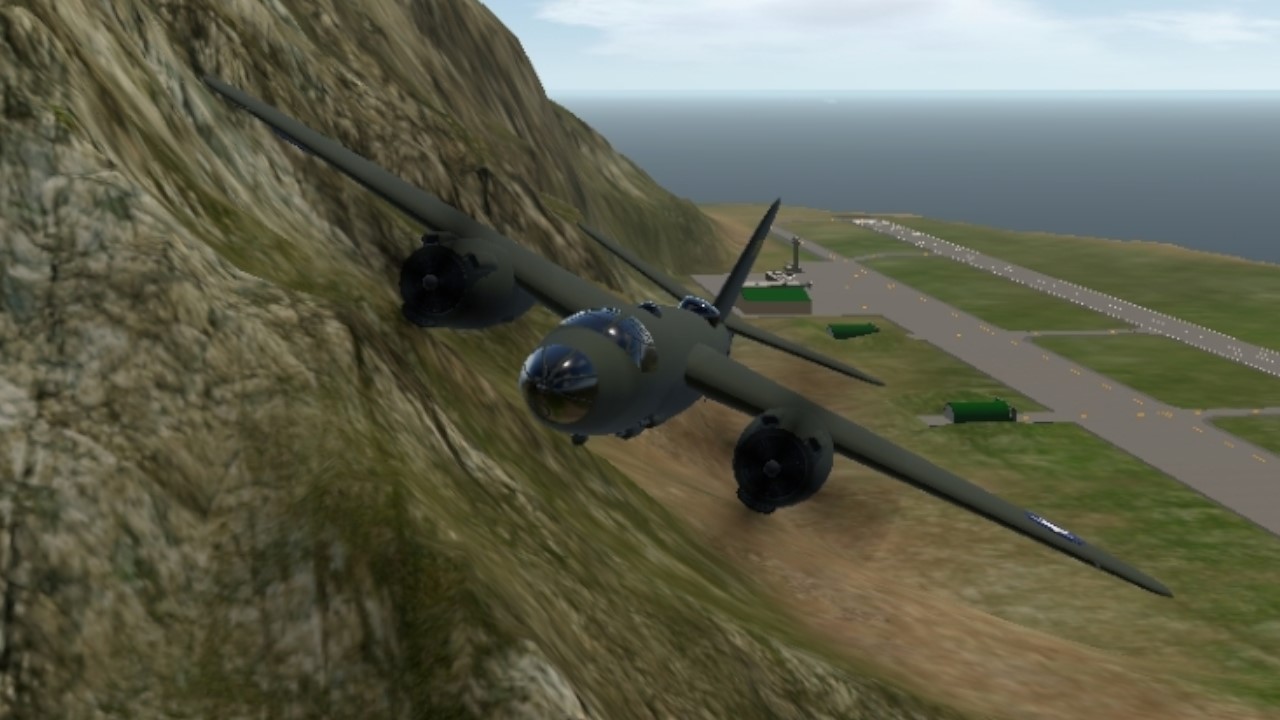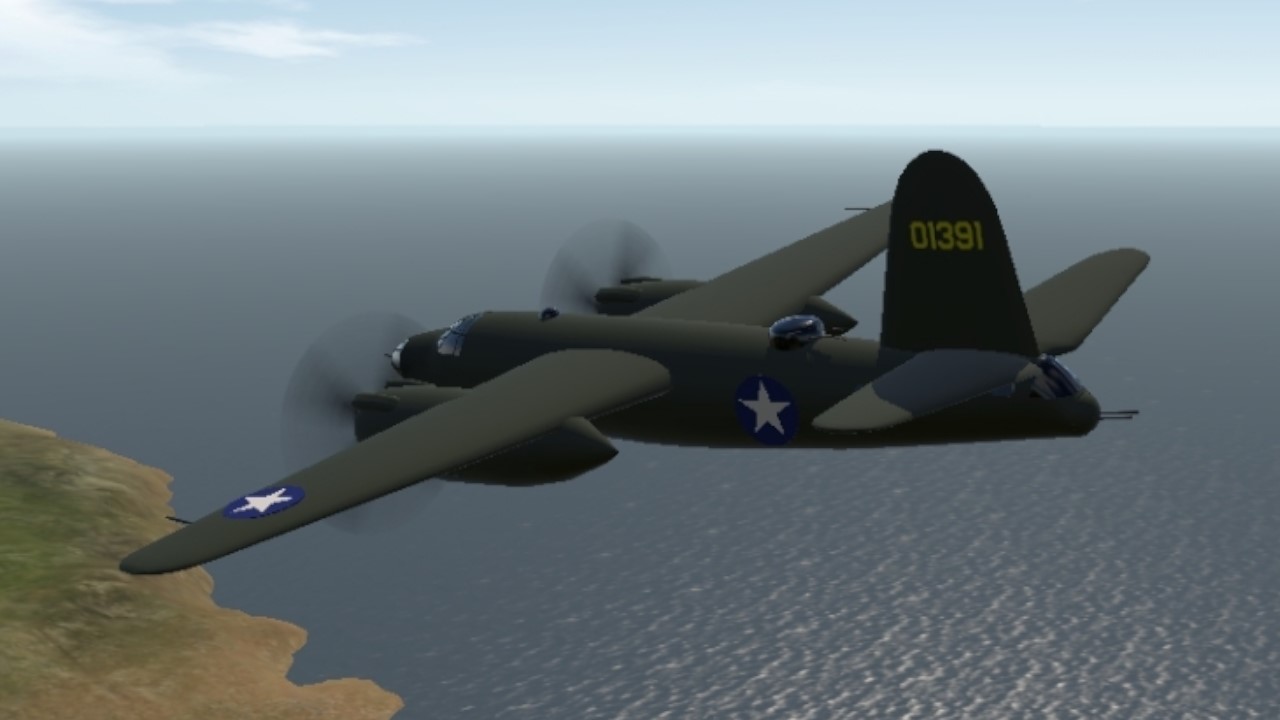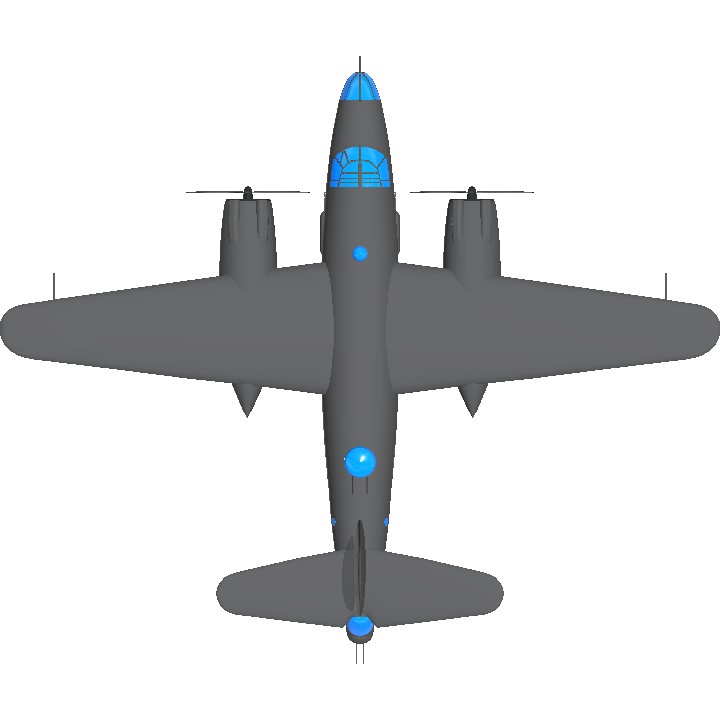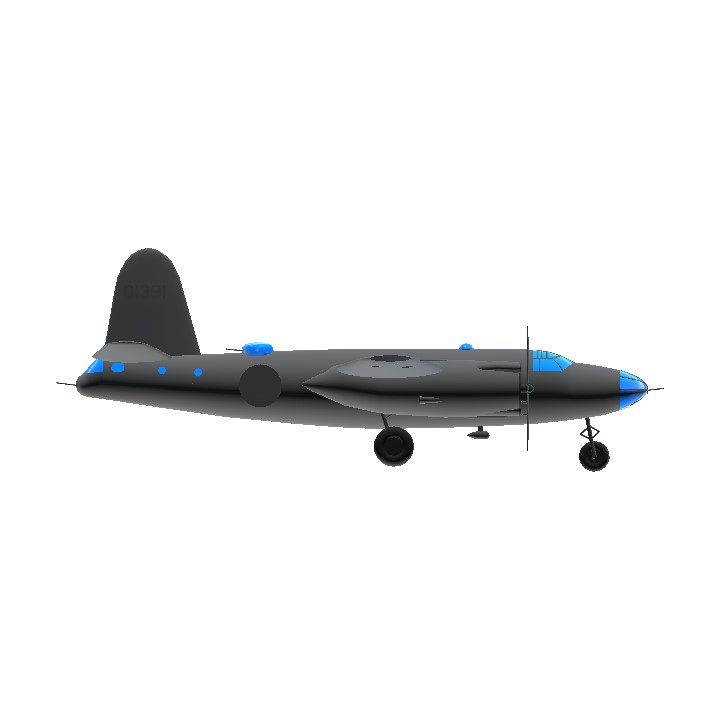Original author: Spark1645
Martin B-26 Marauder
The Martin B-26 Marauder was a World War II twin-engined medium bomber built by the Glenn L. Martin Company. First used in the Pacific Theater in early 1942, it was also used in the Mediterranean Theater and in Western Europe.
After entering service with the U.S. Army, the aircraft received the reputation of a "Widowmaker" due to the early models' high rate of accidents during takeoff and landings. The Marauder had to be flown at exact airspeeds, particularly on final runway approach and when one engine was out. The 150 mph (241 km/h) speed on short final runway approach was intimidating to pilots who were used to much slower speeds, and whenever they slowed down below what the manual stated, the aircraft would stall and crash. The B-26 became a safer aircraft once crews were re-trained, and after aerodynamics modifications (an increase of wingspan and wing angle-of-incidence to give better takeoff performance, and a larger vertical stabilizer and rudder). After aerodynamic and design changes, the aircraft distinguished itself as "the chief bombardment weapon on the Western Front" according to a United States Army Air Forces dispatch from 1946.[citation needed] The Marauder ended World War II with the lowest loss rate of any USAAF bomber.
A total of 5,288 were produced between February 1941 and March 1945; 522 of these were flown by the Royal Air Force and the South African Air Force. By the time the United States Air Force was created as an independent service separate from the Army in 1947, all Martin B-26s had been retired from US service. The Douglas A-26 Invader then assumed the B-26 designation.
Specifications
General Characteristics
- Created On Android
- Wingspan 73.2ft (22.3m)
- Length 61.9ft (18.9m)
- Height 22.7ft (6.9m)
- Empty Weight 13,412lbs (6,083kg)
- Loaded Weight 31,137lbs (14,123kg)
Performance
- Horse Power/Weight Ratio 0.385
- Wing Loading 33.0lbs/ft2 (160.9kg/m2)
- Wing Area 944.6ft2 (87.8m2)
- Drag Points 19882
Parts
- Number of Parts 377
- Control Surfaces 5
- Performance Cost 1,538







My main bomber rn in the snail game